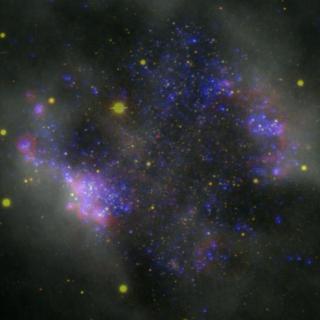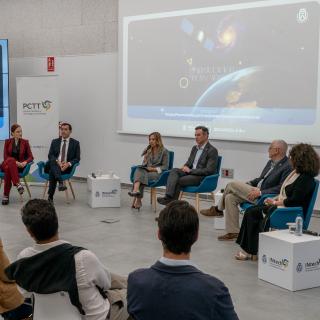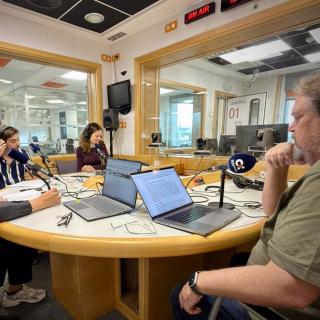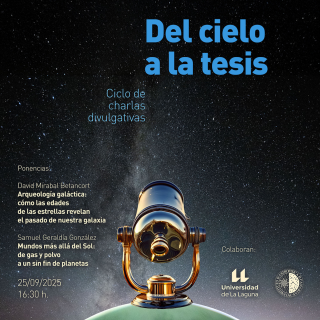Massive stars in metal-poor galaxies often have close partners, just like the massive stars in our metal-rich Milky Way. This has been discovered by an international scientific team in which research staff from the Instituto de Aastrofísica de Canarias (IAC) and the Universidad de La Laguna (ULL) participate. They used the European Very Large Telescope in Chile to monitor the velocity of massive stars in the Small Magellanic Cloud. The research is published in Nature Astronomy.
For the past twenty years, astronomers have known that many massive stars in the metal-rich Milky Way have a partner. In recent years, it has become clear that the interaction between these partners is important for the evolution of massive stars. However, until now, astronomers were unsure if massive stars in metal-poor galaxies, could also be part of a binary system. Now, it turns out that this is indeed the case.
Time machine
"We used the Small Magellanic Cloud as a time machine," explains Hugues Sana from KU Leuven (Belgium). "The Small Magellanic Cloud has a metallicity environment representative of that of distant galaxies when the Universe was only a few billion years old."
"Studying massive stars outside of the Milky Way is difficult because the stars are far away and we receive little light from them" says Tomer Shenar, who co-leads the BLOeM (Binarity at LOw Metallicity) project, from the University of Amsterdam (The Netherlands), from which this work stems. The researchers used the FLAMES spectrograph on the Very Large Telescope of the European Southern Observatory in Chile. FLAMES has 132 fiber optics, each of which can be directed at a different star, which can then be observed simultaneously.
Accelerate and decelerate
Over a period of 3 months, the researchers observed the acceleration and deceleration of 139 massive O-type stars at 9 different times. These stars have masses between 15 and 60 times that our our Sun. They are hot, shine brightly, and end their lives in supernova explosions. In the process, the star's core collapses into a black hole. De results show that over 70 percent of the observed stars accelerates and decelerates. That is a sign for a nearby partner.
"The fact that massive stars in the Small Magellanic Cloud have a partner suggests that the first stars in the universe, which we suspect were also massive, had partners, too," says Gonzalo Holgado, postdoctoral researcher at the IAC and co-author of the paper. "Perhaps some of those systems end up as two black holes orbiting each other. It’s an exciting thought," says Michael Abdul-Masih, who currently holds a postdoctoral fellowship from La Caixa and will soon join the Astrophysics Department of the ULL with a Ramón y Cajal contract.
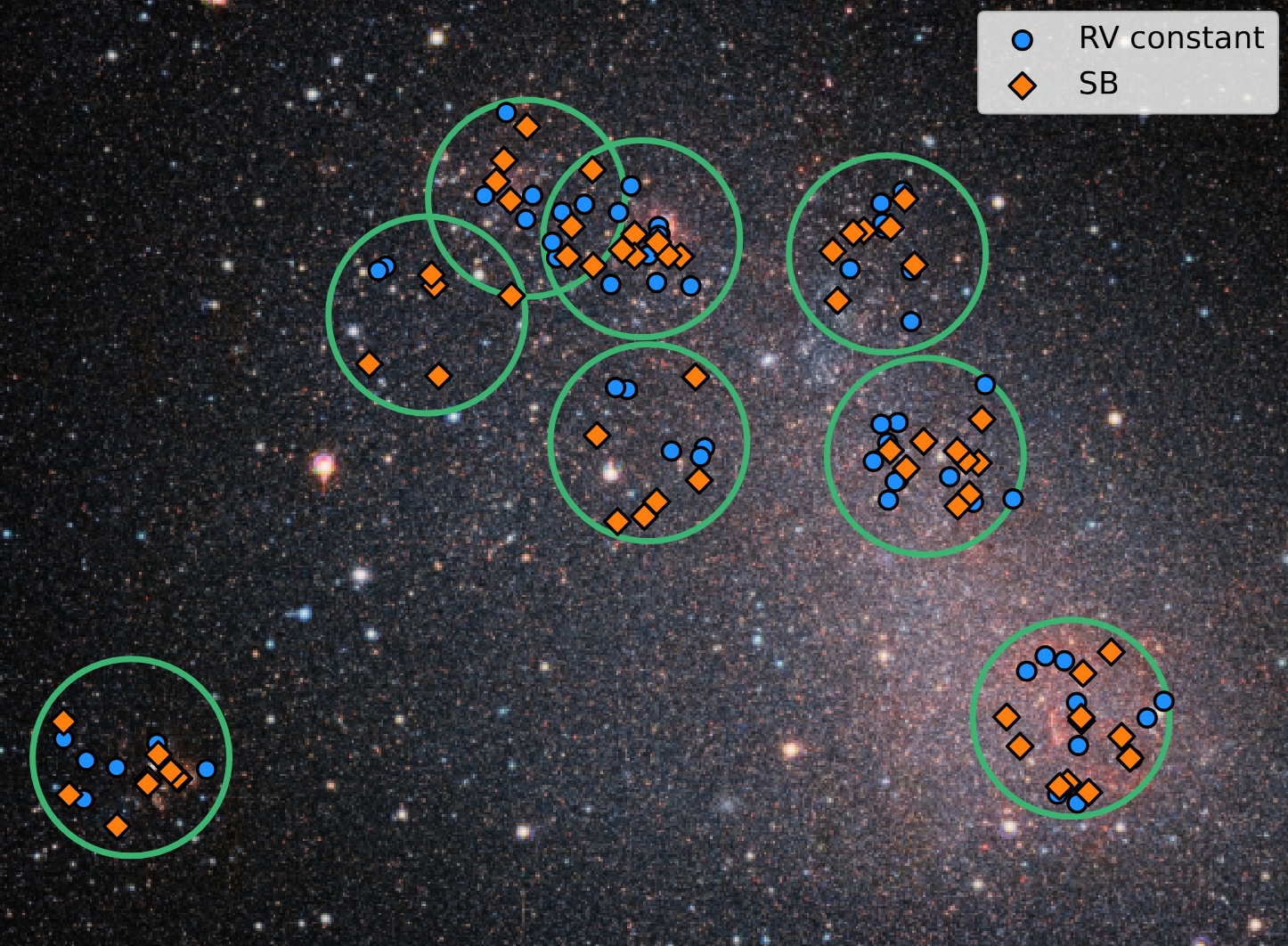
The researchers have planned to observe the same stars sixteen more times in the near future. They aim to reconstruct the precise orbits of the binary stars, determine the masses of their components, and study the nature and properties of the companion star.
"Using our measurements, cosmologists and astrophysicists studying the young, metal-poor universe will then be able to rely on our knowledge of massive binary stars with greater confidence," concludes Sara R. Berlanas, Margarita Salas postdoctoral researcher at the ULL, who also participated in the study.
Contribution of the IAC and the ULL
In addition to Holgado, Abdul-Masih and Berlanas, the study involved the participation of Danny Lennon, Artemio Herrero and Sergio Simón-Díaz, senior researchers of the massive stars group of the IAC, the latter being the leader of the IACOB project. The team has been involved in the BLOeM (Binarity at LOw Metallicity) project since its inception, being a natural continuation of the successful VLT-FLAMES Tarantula Survey (VFTS) program.
Within the framework of the BLOeM project, the IAC is currently leading the study of stellar rotation -a key parameter for understanding the evolution of massive stars- and collaborating in the spectroscopic characterization of OB stars, both simple and binary, and red supergiants, which represent the earliest and latest phases of the life of these stars, respectively.
Thanks to this experience, the IAC not only maintains its position as an international reference in the physical characterization of massive stars in the Milky Way but, through BLOeM, is extending its research to environments with different metallicity.
Article: Hugues Sana, Tomer Shenar, Julia Bodensteiner, et al. “A high fraction of close massive binary stars at low metallicity”, Nature Astronomy, 2 September 2025. DOI: https://doi.org/10.1038/s41550-025-02610-x
Contact at the IAC:
Gonzalo Holgado, gonzalo.holgado [at] iac.es (gonzalo[dot]holgado[at]iac[dot]es)
Sergio Simón-Díaz, ssimon [at] iac.es (ssimon[at]iac[dot]es)


